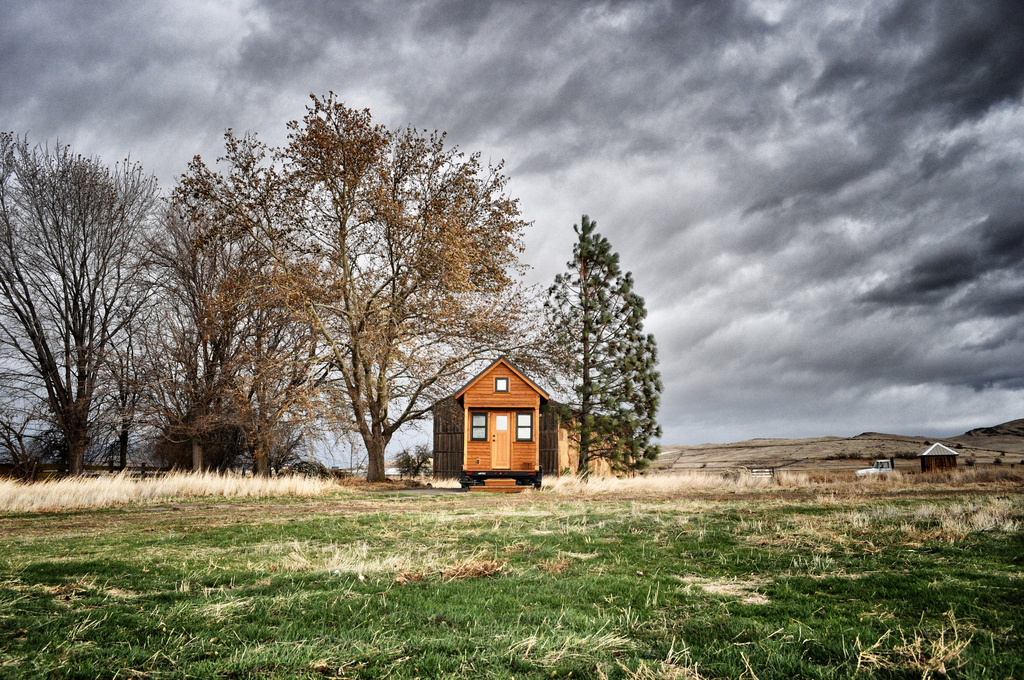 NEWS
NEWS
 NEWS
NEWS
 NEWS
NEWS
From research to reality, Intel is exploring ways to turn connected homes into smart homes.
Intel Corp. released the results of its Architecting the Future of the Smart Home 2025 survey (pdf) and it revealed that 78 percent of Americans believe that smart homes will be as commonplace as smartphones within 10 years. But for smart homes to become a reality, the industry needs to focus on future-proofing the infrastructure supporting the smart home ecosystem, simplifying connectivity, moving towards a consensus on industry standards, and realizing that the leap from a connected home to a smart home requires data insights from multiple devices to deliver value to the homeowner. According to the report, security is still the top concern for providers and consumers alike.
“For the emerging smart home market to succeed, it needs to conquer a lot of issues: connectivity, interoperability, user interaction, killer apps and security,” said Eric Free, vice president of Smart Homes and Buildings, Internet of Things (IoT) Group at Intel. “But most importantly, it has to make sense of data inputs and outputs, delivering real and actionable intelligence that will transform our connected devices into a smart network. Intel has the advantage of being able to work across this new connected universe, providing hardware, software and the power of the cloud to help transition our homes from ‘connected’ to ‘smart.”
Other survey findings include: 83 percent of respondents expect smart home devices to be as simple to set up as cable TV; 86 percent stated that there needs to be one place where one can control every aspect of the smart home; 67 percent stated that their top concern regarding smart gadgets is product glitches; and that 82 percent of Americans agree that integrated security is a priority for living in a smart home, and that all smart devices should be secured through a single integrated security package.
The survey, conducted by U.K.-based research firm TNS (Kantar Group Company), is a multi-pronged study that aims to examine three distinct areas of smart home adoption: consumer expectations for what the smart home of the near future will better deliver, the human value of being connected and the financial face of smart living. This is only the first part of the three-part report with the remainder to be released between now and January 2016.
As an additional exploratory measure, Intel has also invested in a tiny house and turned it into a smart home to show how connected devices can make our lives easier. For starters, the tiny smart house features a door cam with facial recognition. When a person at the doors is recognized and has authorization to come in, the connected door lock will be unlocked, no need to pull out your smartphone, key fob or key.
The house also features a tablet to display the status of your smart home as well as be able to control all its connected appliances. Sensors, such as a water leak sensor, are also present inside the house and aside from getting informed via mobile device regarding the leak, lights are also triggered to alert that something inside the house needs immediate attention. The tablet not only acts a control center, but in times of trouble will recommend actions such as contacting your insurance provider or booking a plumber.
Watch the video below to learn more about Intel’s tiny smart home:
Intel isn’t the only one betting on tiny homes as there’s a company that is offering tiny, luxurious homes that includes some smart home features. The Tiny Heirloom Homes offers its base-model home for $75,000. The base-model home includes high-end flooring materials, granite countertops, stainless steel appliances, composting or incinerating toilet, washer/dryer combo unit, a Dickinson p12000 heater, basic wind or solar package and shipping, plus all the legal cost that comes with owning said home. It offers smart home features thanks to its partnership with Nest Labs, Inc. which includes “hands free lighting, voice activated door locks, automated thermostats, auto-leveling jacks, tank level indication and propane level readings and Bluetooth surround sound.” which runs from an iOS or Android smartphone – no Wi-Fi necessary.
THANK YOU